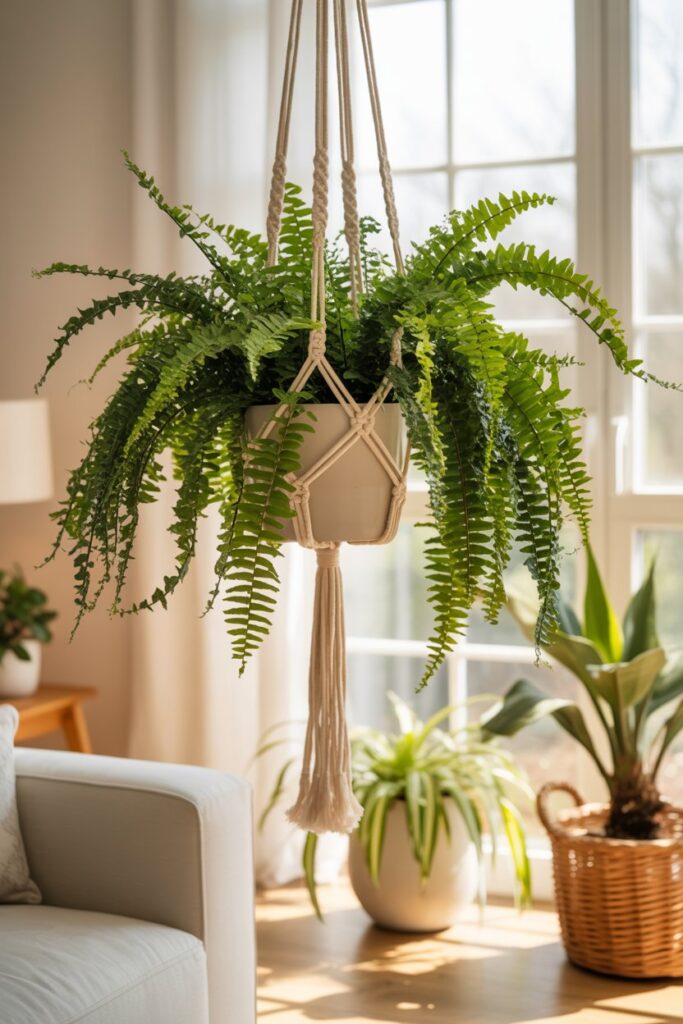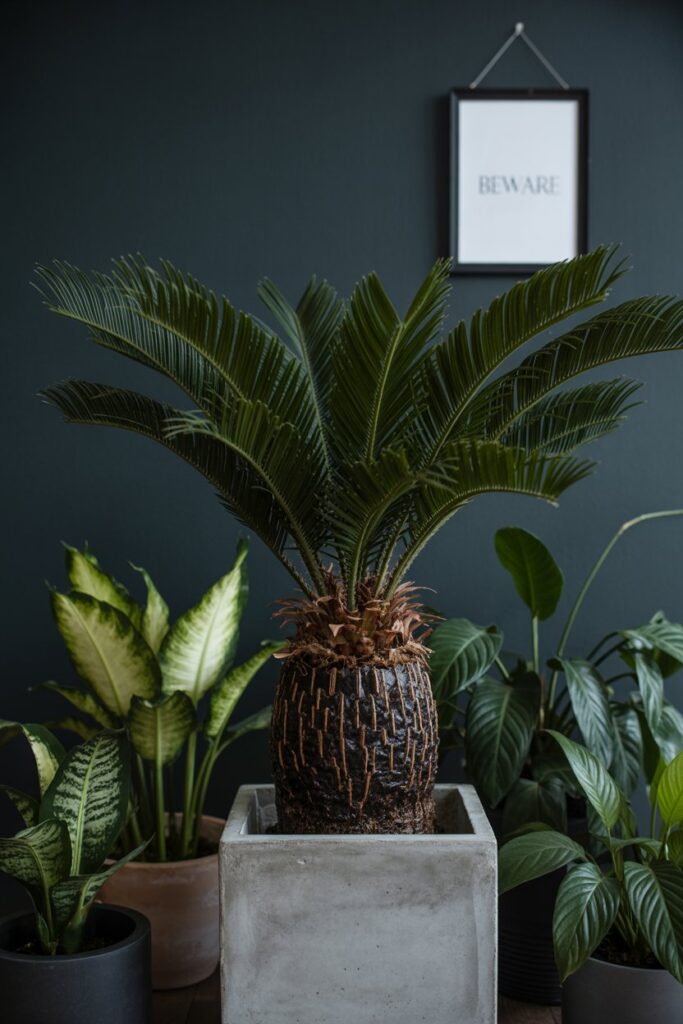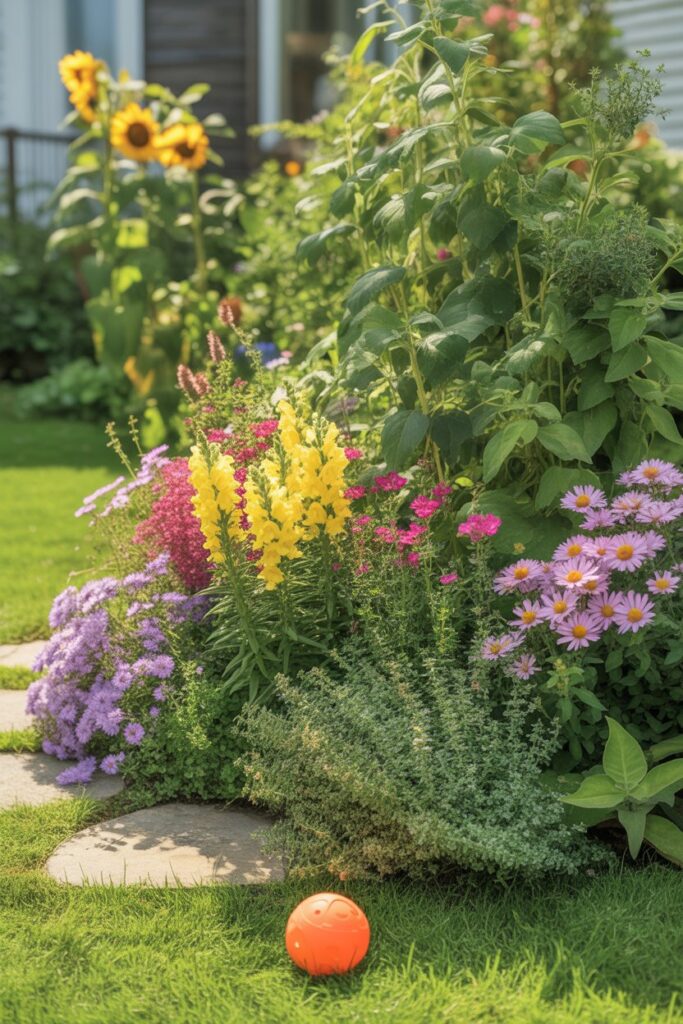Pet-safe and toxic plants are key for every responsible pet owner. Knowing which plants keep your furry friends safe is vital.
Some plants can brighten your home or garden, but others can harm cats, dogs, and other pets. Reactions from ingestion can range from mild to severe.
It’s crucial to identify plants that are safe versus those that are dangerous. This blog will share a list of pet-friendly plants and those to avoid.
Whether you’re decorating indoors or planning your garden, this guide helps you create a beautiful, pet-friendly space.
Safe Indoor Plants

Spider plants are perfect for homes with pets. They are non-toxic and add greenery to your space. If your cat or dog chews on the leaves, they will be safe.
Another great choice is the Boston fern. It’s pet-friendly and improves indoor air quality. Its lush fronds make any room vibrant and inviting.
For a low-maintenance option, try the Parlor Palm. It’s safe for pets and thrives in low light. This plant brings a tropical vibe to your home without worrying about your furry friends.
Discover pet-safe plant picks available now on Amazon
Dangerous Indoor Plants

Many common houseplants can harm pets. For instance, the peace lily can cause vomiting and swallowing problems in cats and dogs. It’s vital to know which plants may be risky for your furry friends.
Aloe vera, famous for its healing benefits, isn’t safe for pets. If they eat it, they may experience vomiting, diarrhea, and lethargy. Always keep such plants out of reach or pick safer options.
Another plant to be cautious of is the snake plant. Though it’s popular for cleaning the air, it can be toxic to pets. Symptoms of ingestion include nausea, vomiting, and diarrhea. Research safe and unsafe plants to protect your pets.
Shop trusted pet-friendly plant products directly from Amazon today
Safe Outdoor Plants

When you plan your garden, know which plants are safe for pets. Marigolds, petunias, and sunflowers are great choices. They are non-toxic and can brighten your yard safely for your furry friends.
It’s important to avoid toxic plants for your pet’s safety. Lilies, azaleas, and oleanders are harmful. Keep these away from your pets. Always research plants before adding them to your garden.
Also, think about using barriers or fences. This keeps pets away from dangerous plants. This small step helps prevent accidental eating and creates a safe outdoor space for your pets.
Dangerous Outdoor Plants

Some common garden plants, like lilies and oleander, can harm pets. They have toxins that can cause severe reactions, including vomiting, diarrhea, and even organ failure. It’s best to remove them from your garden for your pet’s safety.
While colorful and appealing, foxglove and azaleas are risky for pets. Eating parts of these plants can cause drooling, loss of appetite, and irregular heartbeats. Think about replacing them with safer options to keep your pets healthy.
Certain plants like sago palms and tulips are very toxic to pets. Even small amounts can lead to serious health issues, like liver failure and severe stomach pain. Keep these plants out of your pets’ reach to prevent accidents.
Check Amazon for these top-rated safe plants for pets
Conclusion
This guide lists common plants safe for pets and those that aren’t. Knowing which plants to avoid helps keep your furry friends safe. If you’re unsure about a plant’s safety, always ask your vet.
What Indoor Plants Are Safe For Pets?
Some indoor plants are safe for cats and dogs. Spider plants, Boston ferns, and parlor palms are great choices. They add greenery without health risks.
These plants are easy to care for and improve your home’s look. By choosing safe plants, your pets can roam freely indoors without worry. Always research new plants before bringing them home to ensure they are safe for your furry friends.
Which Common Houseplants Are Toxic To Pets?
Some popular houseplants can be harmful to pets. Peace lilies, aloe vera, and snake plants are known to cause vomiting, diarrhea, and other symptoms if ingested.
Even though they may look attractive, they can pose serious health risks.
It’s best to keep such plants out of your pet’s reach or avoid them entirely. If you notice your pet chewing on a toxic plant, contact a vet immediately for advice.
What Outdoor Plants Are Safe For Pets?
Safe outdoor plants are marigolds, petunias, and sunflowers. These flowers are non-toxic and add vibrant colors to your yard without harming pets.
They also require little care, making them ideal for busy households. By adding safe plants, pets can explore your garden without worry. Plan your outdoor space with pet safety in mind from the beginning.
Which Garden Plants Should Pet Owners Avoid?
Garden plants such as lilies, azaleas, and oleanders are toxic to pets. If pets eat these plants, they may vomit, drool, or have an irregular heartbeat.
Some plants, like sago palms, can even lead to organ failure. To lower the risk, remove these plants from your yard or block access with fences. Always check if a plant is safe before you plant it.
How Can I Keep My Pets Safe Around Plants?
First, find out which plants are safe and which are toxic to pets. Keep harmful plants out of reach or swap them for pet-friendly options.
This change can greatly improve your home’s safety. Use barriers like high shelves for indoor planters or garden fencing outside to keep curious pets away from risky plants.
